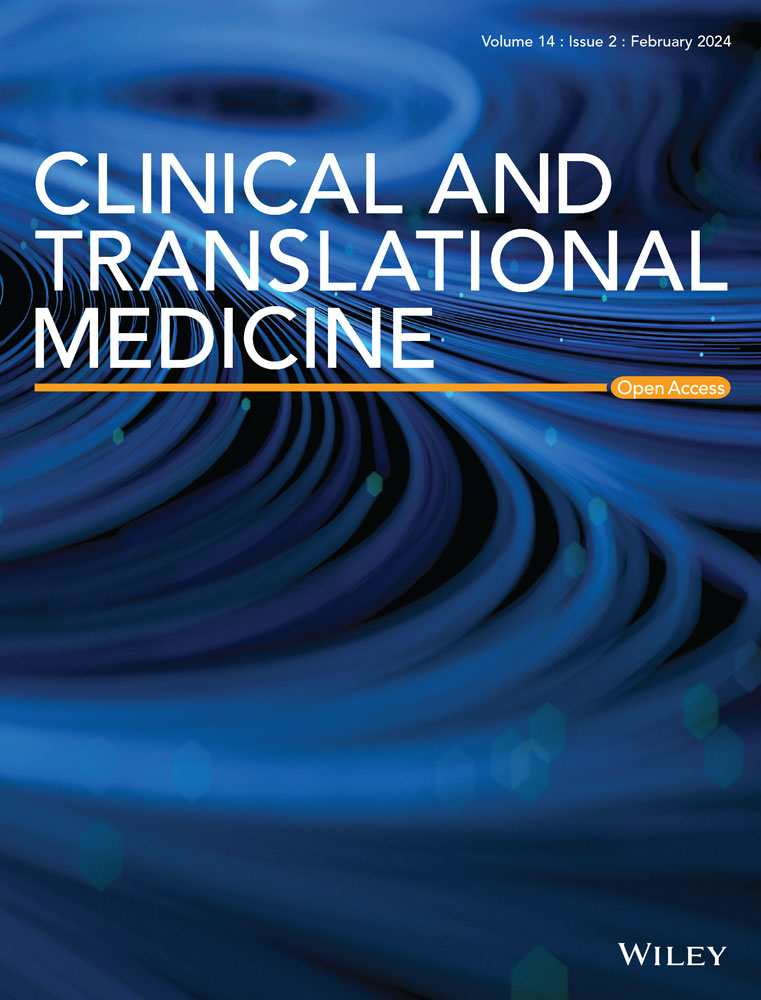MiR-146a engineered extracellular vesicles derived from mesenchymal stromal cells more potently attenuate ischaemia–reperfusion injury in lung transplantation
Abstract
Background
The limited donor lung pool for lung transplantation (LTx) is largely due to concerns over ischaemia–reperfusion injury (IRI), a major cause of primary graft dysfunction (PGD). NLRP3 inflammasome activation is known to play a pivotal role in the onset of IRI. While human umbilical cord mesenchymal stromal cell-derived extracellular vesicles (hucMSC-EVs) have shown potential in reducing acute lung injury, their effects on NLRP3 activation in the context of LTx remain unclear.
Methods
In this study, engineered hucMSC-EVs were delivered via nebulisation to mitigate IRI in rat LTx models. We utilised both a rat orthotopic LTx model and a cell cold preservation reperfusion model to evaluate the therapeutic efficacy of hucMSC-EVs. Bulk-RNA sequencing, single-cell sequencing analysis, immunofluorescence and Western blot techniques were employed to assess NLRP3 inflammasome activation and inflammation.
Results
Nebulised hucMSC-EVs were efficiently internalised by alveolar macrophages (AMs), significantly reducing lung injury and improving oxygenation in the LTx models. Mechanistically, the engineered hucMSC-EVs, which enhance the expression of miR-146a, can more effectively suppress the activation of the NLRP3 inflammasome by targeting the IRAK1/TRAF6/NF-κB pathway, resulting in decreased levels of IL-1β, IL-18 and other inflammatory cytokines. These findings highlight the potential of miR-146a-modified EVs in modulating innate immune responses to alleviate IRI.
Conclusion
Our results demonstrate that nebulised delivery of engineered hucMSC-EVs effectively mitigates IRI in LTx by inhibiting NLRP3 inflammasome activation. This innovative approach presents a promising strategy for enhancing donor lung preservation and improving post-transplant outcomes in LTx.
Highlights
- Nebulized Delivery of miR-146a Engineered hucMSC-EVs Mitigates Ischemia-Reperfusion Injury (IRI) in Lung Transplantation. This study demonstrates the therapeutic potential of nebulized, engineered human umbilical cord mesenchymal stromal cell-derived extracellular vesicles (hucMSC-EVs) modified with miR-146a to alleviate IRI in rat lung transplantation models. The treatment significantly improved lung oxygenation and reduced inflammation, highlighting the efficacy of this novel approach in enhancing donor lung preservation.
- Mechanistic Insights: Inhibition of NLRP3 Inflammasome Activation. Engineered hucMSC-EVs efficiently targeted alveolar macrophages and suppressed NLRP3 inflammasome activation through the IRAK1/TRAF6/NF-κB pathway. This modulation of innate immune responses played a crucial role in reducing IRI-induced lung injury and inflammation, offering a promising strategy to manage primary graft dysfunction in lung transplantation.
- Superior Efficacy of miR-146a-Modified EVs in Reducing Inflammatory Cytokines. The miR-146a modification enhanced the anti-inflammatory properties of hucMSC-EVs, leading to a more significant reduction in pro-inflammatory cytokines (IL-1β, IL-18, and TNF-α) compared to unmodified EVs. This targeted intervention presents a potential therapeutic avenue for improving lung transplant outcomes and mitigating IRI.
- Innovative Therapeutic Approach: Non-Invasive Nebulization for Direct Lung Delivery. The use of nebulized EVs for direct delivery to donor lungs represents a non-invasive and efficient method for lung-targeted therapy. This strategy could expand the applicability of MSC-EV-based treatments for improving lung transplantation outcomes, particularly in enhancing donor lung preservation during the procurement process.


 求助内容:
求助内容: 应助结果提醒方式:
应助结果提醒方式:


